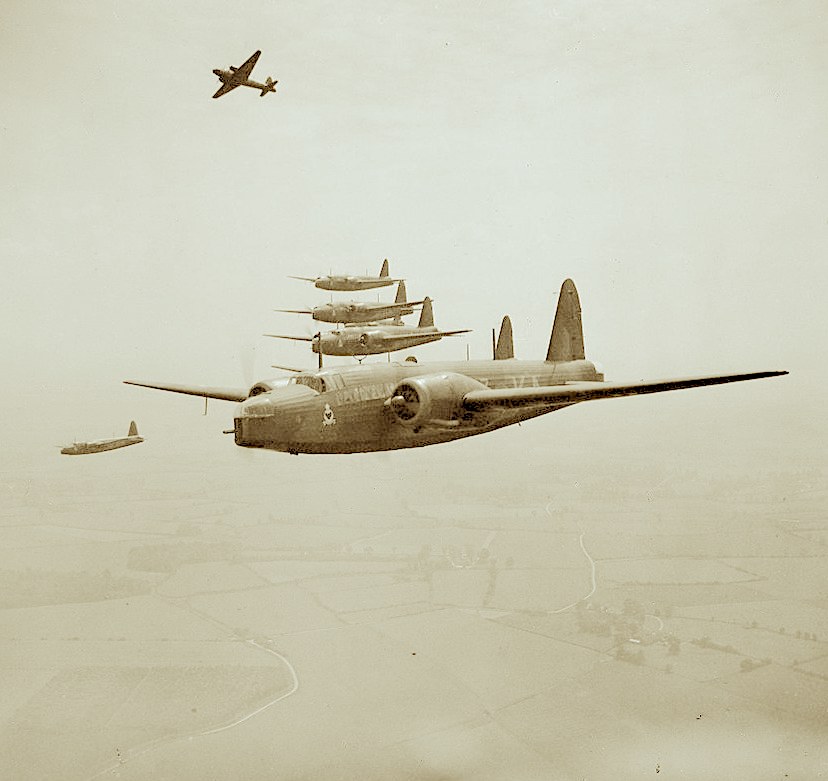“Cine de Oro: The Golden Age of Mexican Cinema” was defined by a period of legendary film making spanning from 1930 to 1969. Several films were produced during this time, including the film that started it all – Allá en el Rancho Grande (Out on the Great Ranch) in 1936. Several other great films followed, including (but not limited to) Santa in 1932, Wild Flower and Maria Candelaria both in 1943, and The Pearl in 1947. Mexican cinema achieved its zenith in the 1940’s when Maria Candelaria won the Golden Palm at the Cannes Film Festival and The Pearl won The Golden Globe in the US. “Cine de Oro: The Golden Age of Mexican Cinema” according the PR release “explores a remarkable era in Mexican cinema known as the Golden Age, during which the nation’s film industry flourished, attracting talents from across the globe. This period influenced the construction of national culture and identity in Mexico and Latin America, leaving an indelible mark on the world stage.”

It’s worth noting that the Golden Age of Mexican Cinema also spanned several major world events, including World War 2. “The Forgotten Eagles (2006)” is a film documenting Mexico’s “Aztec Eagles” combat force as part of the Allied Forces during WW2. While Mexico remained neutral during WW1, it joined forces with the Allies during WW2 following a German submarine attack resulting in the sinking of two Mexican tankers. Except for Brazil, Mexico was the only Latin American country to actively fight against the Axis .
